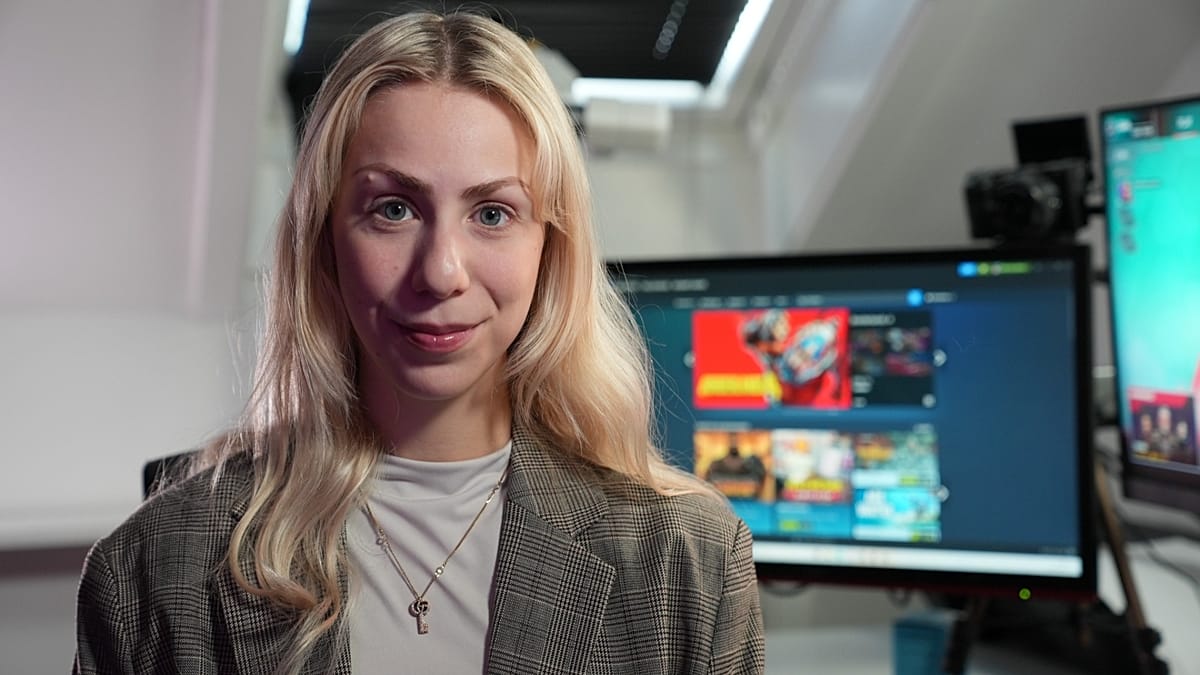In 2021, Danish video game live-streamer Marie Watson received an image of herself from an unknown Instagram account.
She instantly recognised the holiday snap from her Instagram account, but something was different: Her clothing had been digitally removed to make her appear naked. It was a deepfake.
“It overwhelmed me so much,” Watson recalled. “I just started bursting out in tears, because suddenly, I was there naked”.
In the four years since her experience, deepfakes — highly realistic images, videos, or audio of real people or events that are generated by artificial intelligence (AI) — have become not only easier to make worldwide but also look or sound exponentially more realistic.
That's thanks to technological advances and the proliferation of generative AI tools, including video generation tools from OpenAI and Google.
These tools give millions of users the ability to easily spit out content, including for nefarious p
Continue Reading on Euronews
This preview shows approximately 15% of the article. Read the full story on the publisher's website to support quality journalism.
